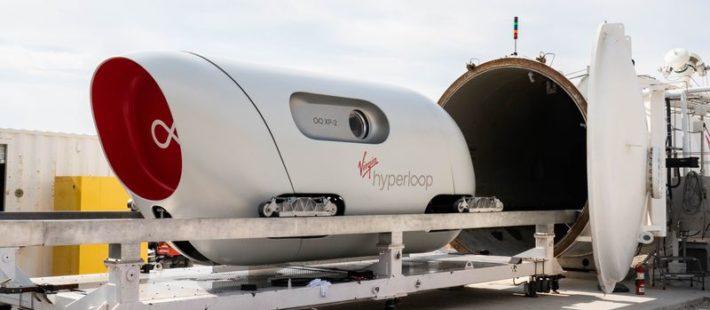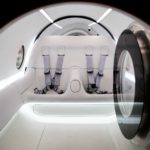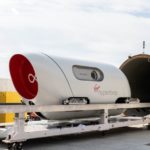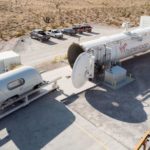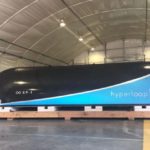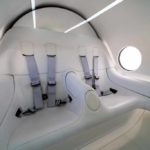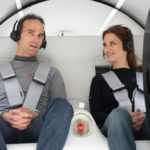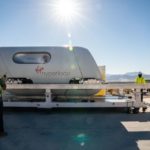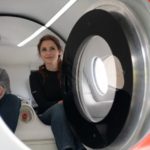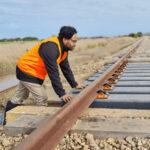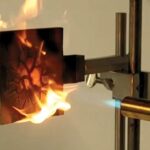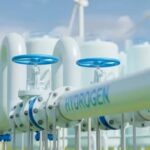Virgin Hyperloop conducted the first test of its ultra-fast transport system with real, although special passengers: Josh Giegel, Chief Technology Officer and Board Member of Virgin Hyperloop, and Sara Luchian, Director of Passenger Experience, were the first people in the world to use this new means of transport. They traveled safely on the Virgin Hyperloop north of Las Vegas through the Nevada desert.
A revolutionary step forward in the history
Virgin Hyperloop has taken a revolutionary step forward in the transport of people by demonstrating its safe operation. The company has therefore become the first reality to have conducted a test with humans on board, on a 500-meter journey. With speeds like that, getting from Los Angeles to San Francisco will take just 45 minutes. Most importantly, it will not produce any carbon emissions.
“For the past few years, the Virgin Hyperloop team has been working to turn their innovative technology into reality. With the successful test, we have shown that this spirit of innovation will indeed change the way people live, work, and travel for years to come“
Richard Branson, Virgin Group founder
First Hyperloop passenger test
Hyperloop is the technology that promises to transport goods and people in low-pressure pipes, through magnetic levitation, at speeds up to a maximum of about 1200 km/h (the speed of sound is 1,192.32 km/h). The idea was born in 2012 from the volcanic mind of Tesla’s owner, Elon Musk and it garnered a lot of support. Even in Italy we are studying in which routes we could adopt this technology.
Passengers have made their maiden voyage on the XP-2 vehicle just announced, designed by BIG – Bjarke Ingels Group and Kilo Design. It was custom built with security and comfort for the passengers. The production vehicle will be larger and can accommodate up to 28 passengers. This 2-seater XP-2 vehicle was built to prove that passengers can actually travel safely in a hyperloop vehicle.
The two volunteers sat inside a so-called “pod” (renamed Pegasus or XP-2) and made the short journey in 6.25 seconds at a speed of 172.2 kilometers per hour.
How pods work
“Pods” are technological wagons that will travel in vacuum tubes moved by magnetic levitation. They are built with ultra-light technological materials: structural aluminum and carbon fiber. The wagon will be completely without windows.
The capsules are placed in a decompression chamber awaiting the creation of the vacuum. Then the gate is opened and the pod enters the tube, ready to move on the route. When placed in a low-pressure environment, its very low friction allows it to reach speeds close to that of sound with minimal energy demand.
If you want to stay updated on news, technologies and activities, subscribe to Compositi Newsletter
Source: Virgin Hyperloop and digitalic


